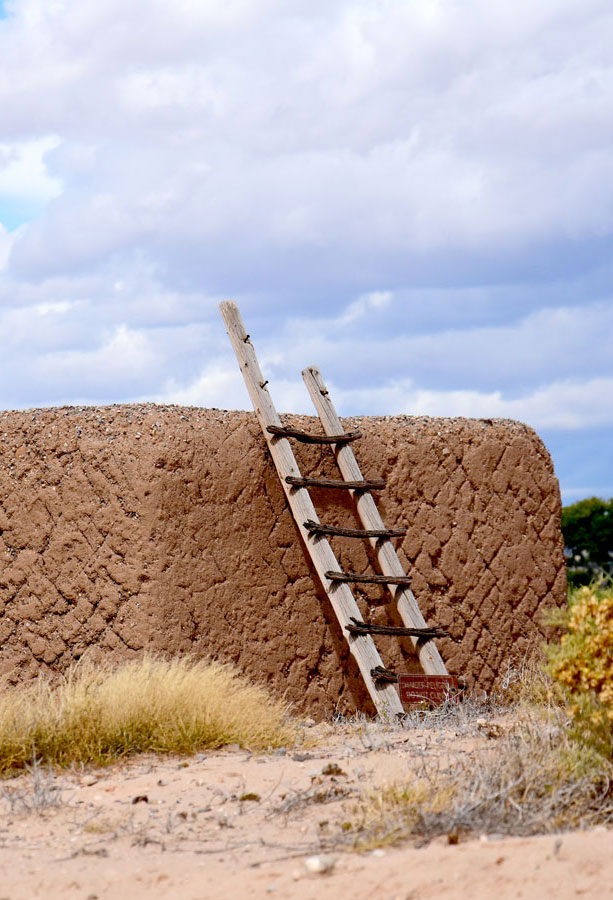The stories of the American Southwest extend well beyond the history of the United States. From the Indigenous peoples who built cliffside castles to the Spanish explorers who established missions and the cowboys of the Wild West — the history of this region is incredibly diverse. To learn more about what makes the Southwest so captivating, check out six of the region’s best historical sites and the fascinating stories behind them.
Montezuma Castle – Camp Verde, Arizona
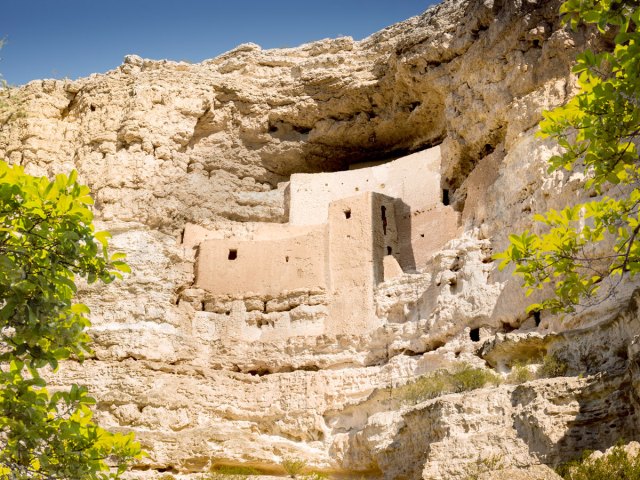
Embedded into the side of a sheer limestone cliff, Montezuma Castle dates back to around 1100 CE and was established as a national monument in 1906. The cliffside abode was named incorrectly by settlers who believed it to be of Aztec origin. In reality, the Sinagua peoples, who inhabited the Verde Valley of Arizona for thousands of years, built and occupied the castle. Naturally warm in the winter and cool in the summer, the site of the cliff dwellings was chosen due to preexisting caves and nearby water resources, and inhabitants used wooden ladders to move throughout the settlement’s five levels.
To see the historic monument, start at the Visitor Center, before walking up to the base of Montezuma Castle on a 0.3-mile loop trail. Then, you can drive to Montezuma Well, a naturally occurring sinkhole and the site of more cliff dwellings. The land around the well was home to prehistoric groups of people approximately 1,000 years ago, before being settled by Anglo-Americans in the late 19th century.
Palace of the Governors – Santa Fe, New Mexico
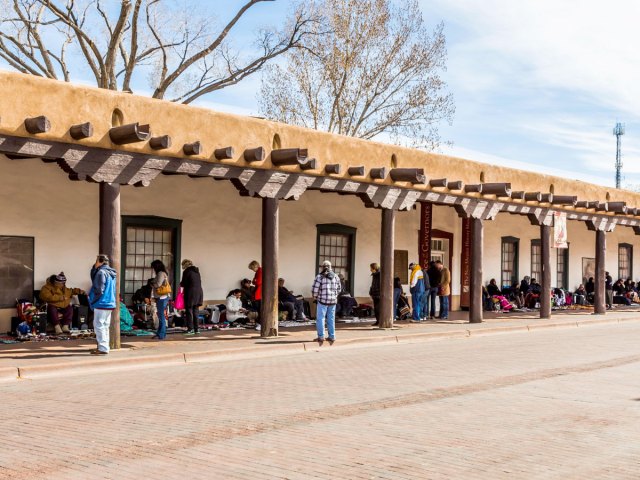
Dating to 1610, the Palace of the Governors is the oldest public building in the contiguous U.S. still in continuous use. For nearly three centuries, the building was home to a rotating roster of Spanish, Mexican, and American governors, as control over the New Mexico territory shifted and changed. Additionally, the native Pueblo peoples took over the palace during the Pueblo Revolt of the 17th century, while the Confederacy occupied it during the Civil War.
Today, the Palace of the Governors is part of the New Mexico History Museum, with interpretive galleries displaying its history and a palatial courtyard that connects to the rest of the museum. For visitors to Santa Fe, the palace features a block-long portal where Native American vendors sell their artisan wares and crafts.
Whiskey Row – Prescott, Arizona
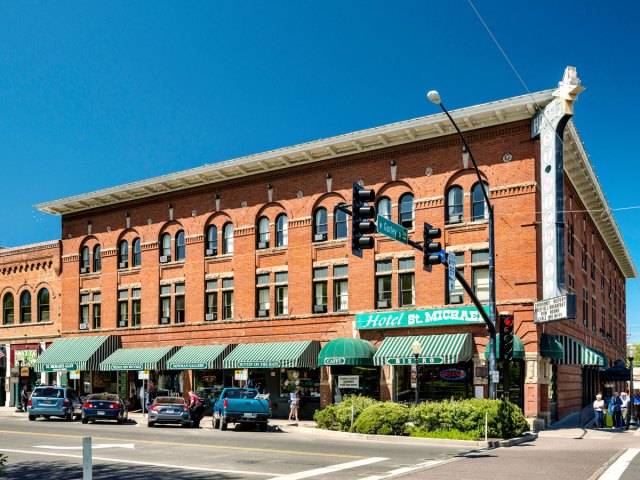
This legendary block in Arizona earned its moniker in the late 19th century when the street consisted of whiskey saloons favored by the local cowboys and miners. After a lit candle burned most of the downtown area in 1900, a group of locals famously rescued the actual bar from the Palace Saloon and began drinking their sorrows away. A year later, a new downtown was erected in a more fire-safe brick, and the same bar was installed inside the new Palace Restaurant and Saloon.
Today, visitors can belly up at the historic bar or visit myriad other notable sites located on the city block. Rumored to be haunted by a lady in white, Hotel St. Michael has housed a number of famous guests over the past century, including the likes of Teddy Roosevelt and Doc Holiday. And while galleries and shops now decorate the historic square, famed establishments like the Jersey Lilly Saloon still embody the historic spirit of Whiskey Row.
The Alamo – San Antonio, Texas

Before it became the site of perhaps the most infamous battle in the Southwest, the Alamo was known as the San Antonio de Valero Mission. In 1724, Spanish colonizers established the church to convert the area’s Native American peoples. It wasn’t until the 1835 Texas Revolution that the former mission became a war fortress and battle site. Stationed in the Alamo in 1836, Texas revolutionaries fought against Mexico in the Battle of the Alamo, a bloody 13-day squirmish that resulted in the deaths of all the defenders. Although they lost the battle, Texas later won independence from Mexico, and would eventually become an American state nine years later.
Today, the Alamo is open and free to visitors, although reservations must be made in advance. With guided and self-guided tours available, the Alamo is also part of the San Antonio Missions Trail, giving cyclists easy access to the city’s network of historic missions.
Four Corners Monument – Teec Nos Pos, Arizona
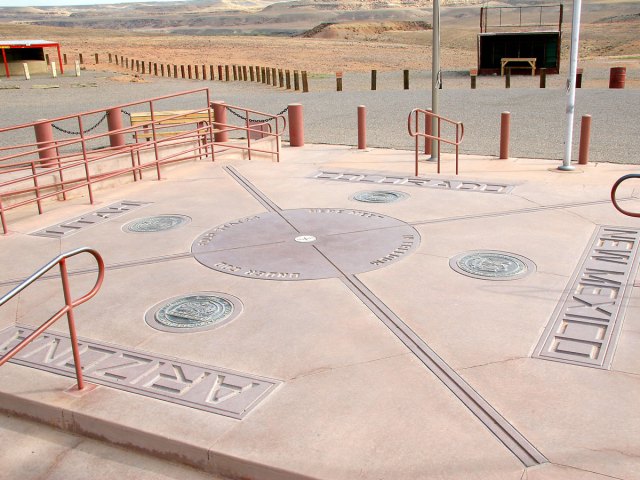
Located in Navajo Tribal Park, the Four Corners Monument is the only point in the country where four states meet. Marking the point where the Arizona, New Mexico, Colorado, and Utah state lines coalesce, the historic landmark also marks the boundary between the Navajo Nation and Ute Mountain Tribe Reservation.
However, the monument’s history goes further back than just statehood. During the Civil War, Congress created several new territories — including Colorado, Utah, and New Mexico — to discourage residents from joining the Confederacy. In 1861, Congress voted for a marker to be placed in the monument’s exact location to demonstrate the southwest corner of the Colorado territory.
Coronado Historic Site – Bernalillo, New Mexico
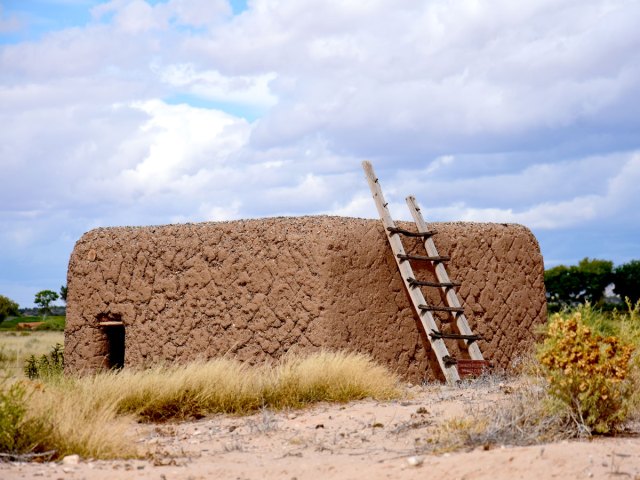
Home to the partially reconstructed ruins of the ancient Pueblos of Kuaua, this historic site dates back to 1300 CE. Inhabited by the ancestral Puebloans, Kuaua was the largest Pueblo complex in the region, with roughly 1,200 ground floor rooms and 10 to 20 large kivas. Each kiva (underground ceremonial room) is painted with layers of intricate murals, revealing stories of the Pueblo peoples and representing some of the best examples of pre-Columbian art in the U.S.
Today, the village is known as the Coronado Historic Site, named for Spanish explorer Francisco Vásquez de Coronado, who discovered the village in 1540 during his search for the fabled Seven Cities of Gold. The Puebloans were gracious toward their guests at first, although their hospitality eventually faded, and Coronado and his troops moved on. History buffs can visit these reconstructed kivas to see the well-preserved murals, as well as walk the site’s interpretive trails, complete with views of the Sandia Mountains and the Rio Grande.
More from our network
Daily Passport is part of Inbox Studio, which publishes content that uplifts, informs, and inspires.






